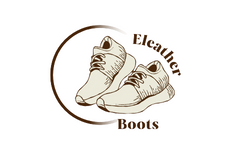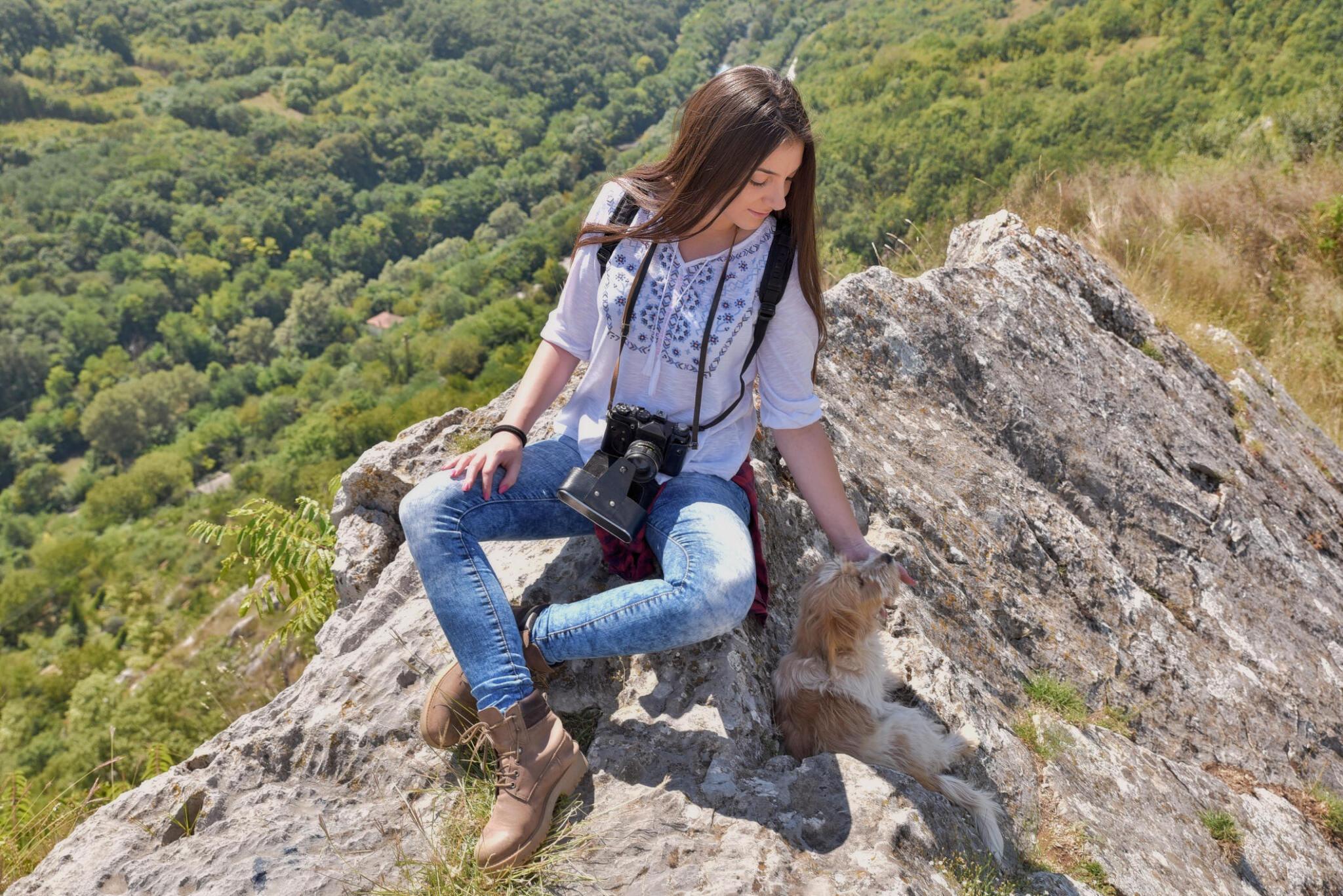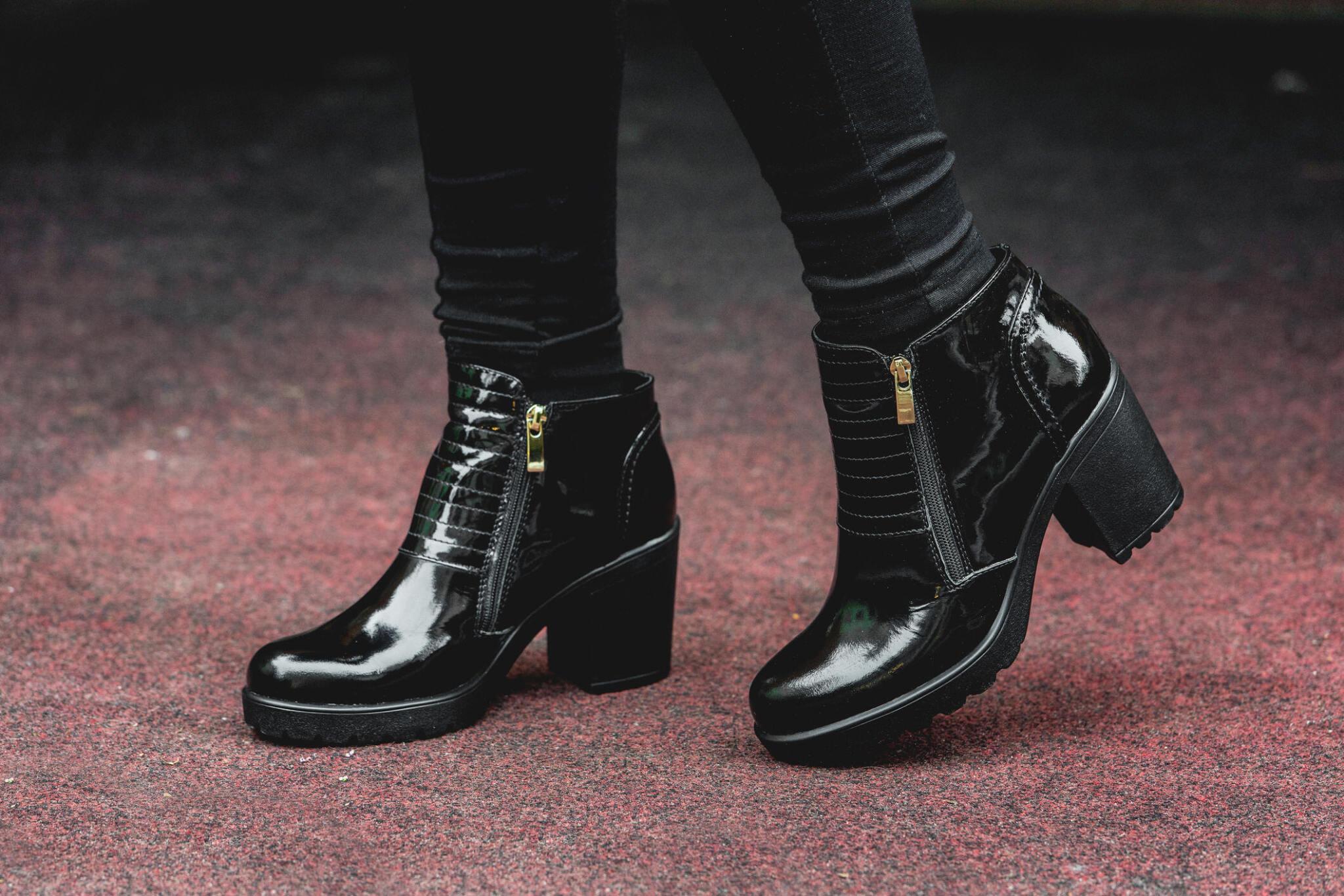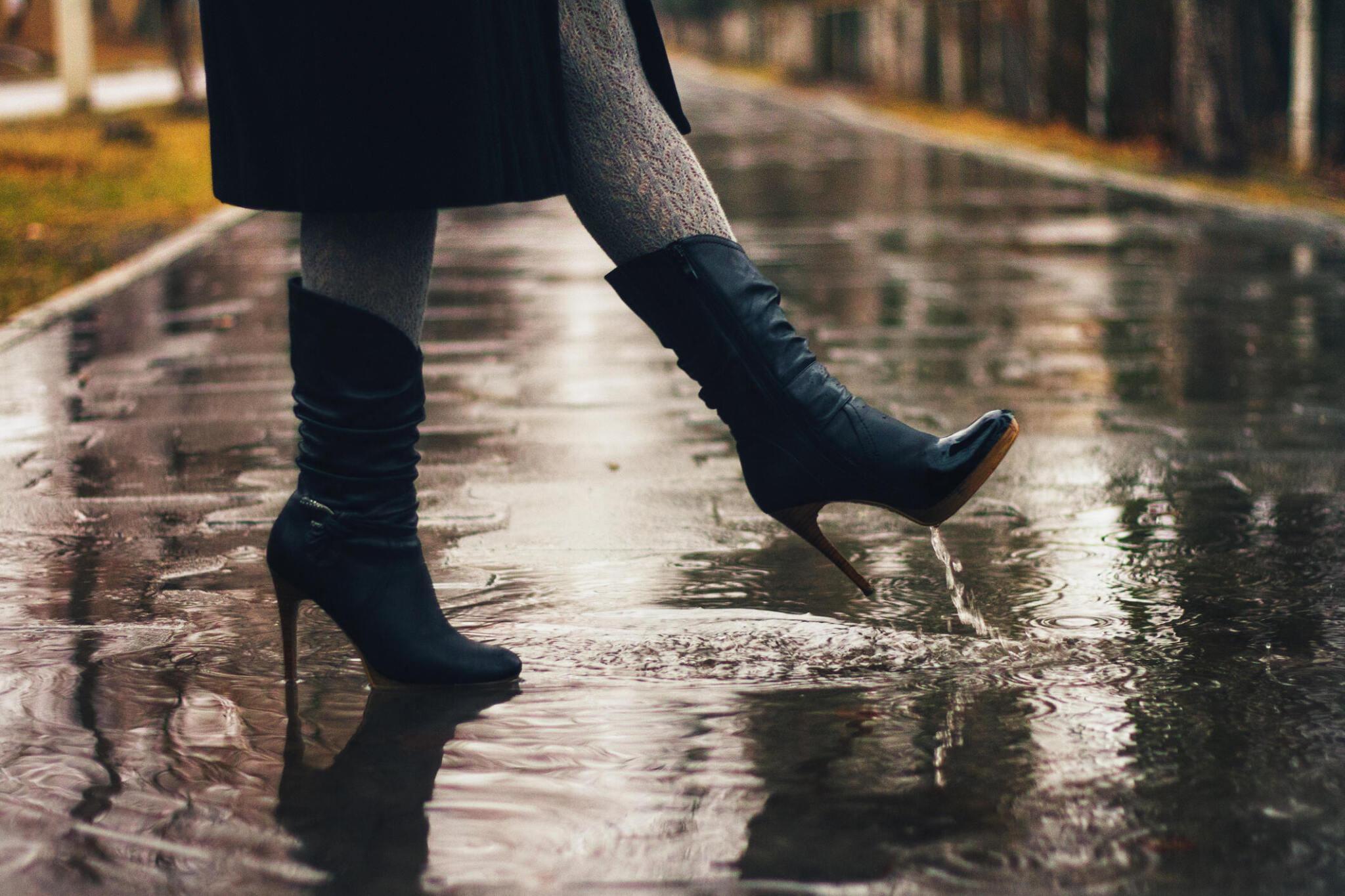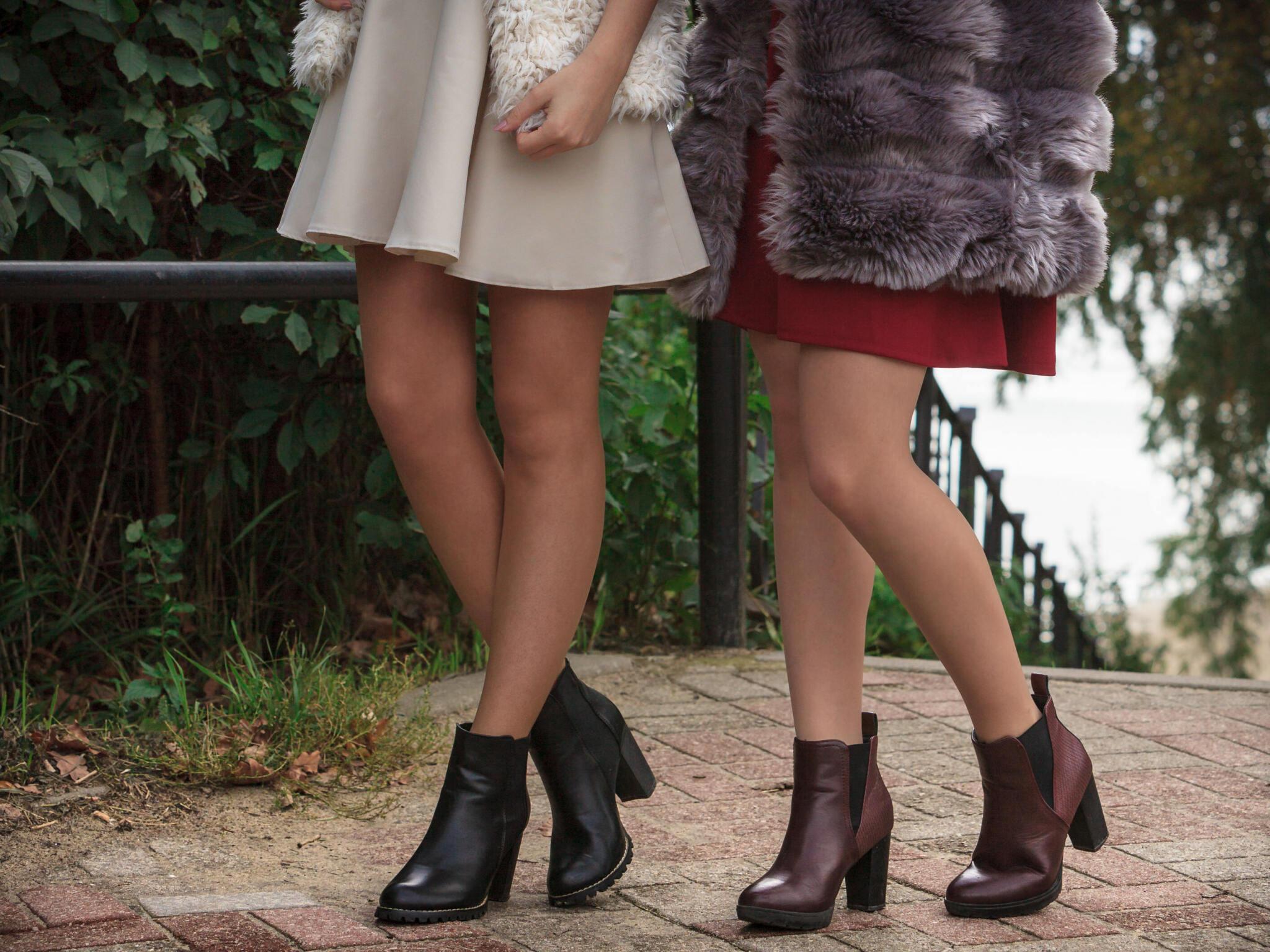Women’s leather hiking boots are essential gear for outdoor enthusiasts, providing comfort, support, and durability for adventures on the trails. These boots are crafted from high-quality leather, offering superior protection and longevity compared to synthetic materials. In this comprehensive guide, we’ll explore the benefits of womens leather hiking boots and provide expert advice on choosing the perfect pair for your outdoor pursuits.
Benefits of Leather Boots for Women
Leather boots offer numerous advantages for female hikers, making them a popular choice among outdoor enthusiasts. Firstly, leather is a durable and long-lasting material that can withstand rugged terrain and harsh weather conditions. Unlike synthetic materials, leather boots tend to mold to the shape of your feet over time, providing a customized and comfortable fit. Additionally, leather is naturally water-resistant, keeping your feet dry and protected from moisture on the trails.

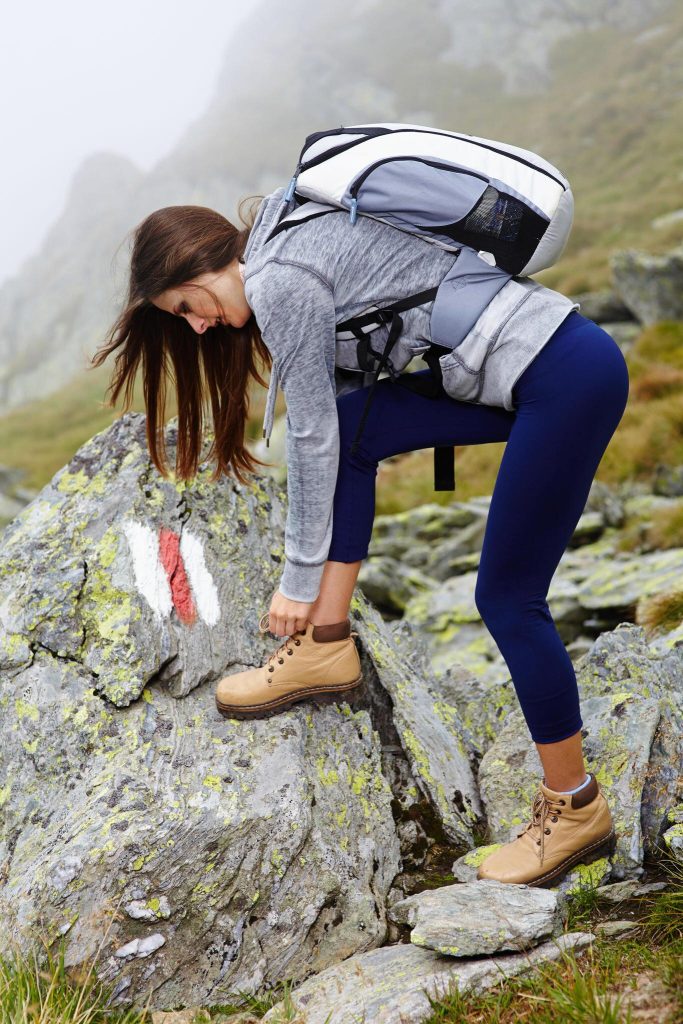

Types of Womens Leather Hiking Boots
High-Ankle Boots
High-ankle boots are designed to provide maximum support and stability, making them the preferred choice for tackling challenging terrain and extended backpacking trips. The higher shaft height offers increased ankle support, reducing the risk of twists or sprains on uneven surfaces. These boots are favored by serious hikers and outdoor enthusiasts who prioritize durability and protection on rugged trails.
Mid-Ankle Boots
Mid-ankle boots strike a balance between support and flexibility, making them versatile options for various hiking adventures. With a shaft height that falls between high and low styles, mid-ankle boots offer adequate ankle support while allowing for greater freedom of movement compared to their high-ankle counterparts. These boots are suitable for day hikes, moderate trails, and multi-day backpacking trips where comfort and agility are paramount.
Low-Top Hiking Shoes
Low-top hiking shoes are characterized by their lower shaft height, providing greater freedom of movement and agility on the trails. These lightweight and flexible shoes are ideal for casual hikes, day trips, and light backpacking adventures where speed and comfort take precedence over heavy-duty support. Low-top hiking boots offer a more relaxed fit and feel compared to traditional boots, making them popular among recreational hikers and outdoor enthusiasts looking for versatility and comfort.
Features to Look for in Women’s Leather Hiking Boot
Cushioned Insoles
Opt for women’s leather hiking boots with cushioned insoles to provide added comfort and support during long hikes. These padded insoles help to reduce fatigue and prevent foot pain by absorbing shock and providing a soft, supportive layer between your feet and the ground.
Supportive Midsoles
Look for boots with supportive midsoles that offer stability and protection on uneven terrain. A firm midsole helps to distribute weight evenly across the foot, reducing the risk of strain or injury. Choose boots with ample arch support and cushioning to ensure a comfortable fit and proper alignment while hiking.
Durable Outsoles
The outsole of women’s leather hiking boots plays a crucial role in providing traction and stability on varied terrain. Opt for boots with durable outsoles featuring deep treads or lugs that grip the ground securely, even in slippery or muddy conditions. A rugged outsole ensures reliable traction and helps prevent slips and falls while hiking.
Waterproof Membrane
Ensure that your women’s leather hiking boots are equipped with a waterproof membrane to keep your feet dry and comfortable in wet conditions. Look for boots with integrated waterproof membranes such as Gore-Tex® or eVent® that provide breathable yet waterproof protection against rain, snow, and moisture. A waterproof membrane helps to seal out water while allowing sweat to escape, keeping your feet dry and comfortable throughout your hike.
Reinforced Toe and Heel
Consider boots with reinforced toe and heel areas for added durability and protection against impact and abrasion. A reinforced toe cap helps to protect your toes from rocks and debris on the trail, while a reinforced heel counter provides stability and support during descents and uneven terrain. Look for boots with sturdy construction and ample protection in high-wear areas to ensure long-lasting performance on the trails.
Breathable Materials
Choose women’s leather hiking boots made from breathable materials that allow air circulation to prevent overheating and moisture buildup inside the boots. Look for boots with mesh panels or breathable linings that wick away sweat and moisture, keeping your feet dry and comfortable throughout your hike. Breathable materials help to regulate temperature and prevent odor, ensuring a more enjoyable hiking experience.
Ankle Support
Consider the level of ankle support offered by women’s leather hiking boots, especially if you plan to tackle challenging terrain or carry heavy loads. Boots with higher shaft heights provide greater ankle support and stability, reducing the risk of twists or sprains on uneven surfaces. Look for boots with padded collars or ankle cuffs that cushion and support the ankle while hiking, providing added protection and comfort on the trails.
How to Care for Women Leather Hiking Boots
Proper maintenance is essential to prolong the lifespan of your women’s leather hiking boots and keep them looking and performing their best. Regularly clean off dirt and debris with a damp cloth, and use a specialized leather cleaner to remove stubborn stains. Conditioning the leather regularly helps to keep it supple and prevents drying or cracking, while waterproofing treatments maintain water resistance.
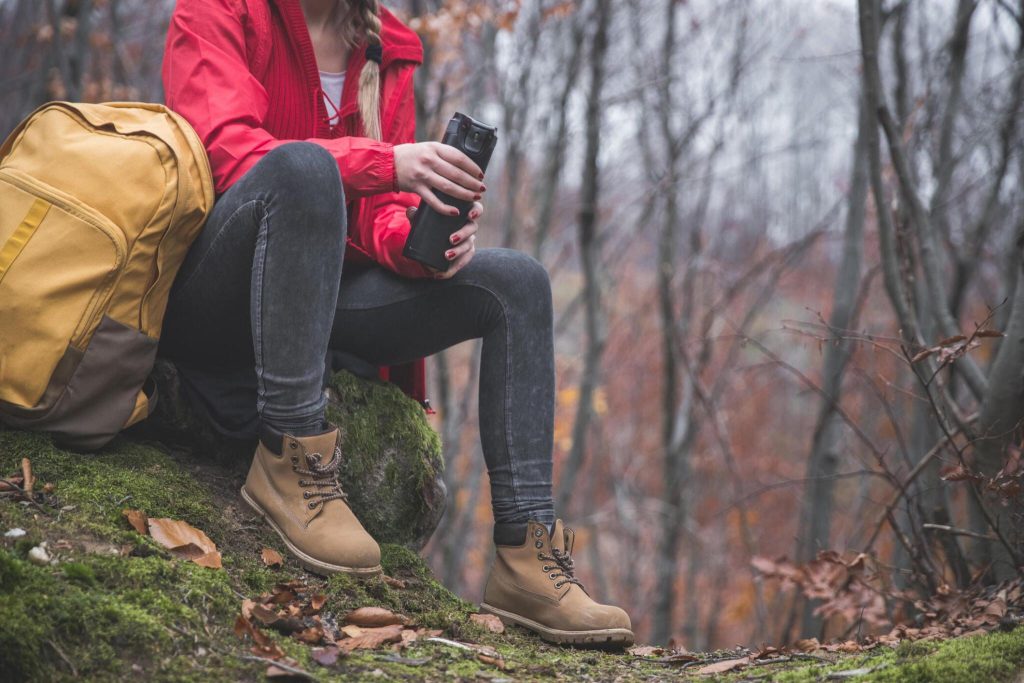
Choosing the Right Fit for Women’s Leather Hiking Boots
Snug but Comfortable Fit
When trying on women’s leather hiking boots, aim for a snug but comfortable fit. The boots should feel secure around your feet without being too tight or restrictive. Ensure there is enough room in the toe box for your toes to wiggle freely, but not so much space that your foot slides around inside the boot, which can lead to blisters and discomfort on the trails.
No Excessive Rubbing or Pressure Points
Walk around in the boots to check for any areas of rubbing or pressure points that may cause discomfort during extended wear. Pay attention to the heel, ankle, and sides of the boot to ensure a smooth and comfortable fit. Look for boots with padded collars or tongue to reduce friction and prevent irritation against the skin.
Consider Arch Support
If you have high arches or flat feet, consider boots with adequate arch support to provide stability and prevent fatigue on long hikes. Look for boots with built-in arch support or removable insoles that allow you to customize the fit to your foot shape. Proper arch support helps distribute weight evenly and reduce strain on the feet, promoting comfort and preventing injuries.
Evaluate Ankle Stability
Assess the level of ankle stability offered by women’s leather hiking boots, especially if you plan to tackle challenging terrain or carry heavy loads. Boots with higher shaft heights provide greater ankle support and stability, reducing the risk of twists or sprains on uneven surfaces. Look for boots with padded ankle cuffs or built-in support features that help stabilize the ankle and prevent injuries while hiking.
Consider Width
Take into account the width of your feet when selecting women’s leather hiking boots to ensure a comfortable fit. Boots that are too narrow can cause pinching and discomfort, while boots that are too wide may lead to excessive movement and friction. Look for boots available in different width options or consider models with adjustable lacing systems that allow you to customize the fit to your foot shape.
Try Different Sizes and Styles
Don’t be afraid to try on multiple sizes and styles of women’s leather hiking boots to find the perfect fit. Different brands and models may vary in fit and sizing, so it’s essential to experiment with different options to determine which one feels most comfortable and supportive for your feet. Take your time during the fitting process and prioritize comfort and functionality over aesthetics.
Tips for Breaking In Women’s Leather Hiking Boots
Breaking in new leather hiking boots can take time and patience, but there are several tips and techniques to expedite the process and minimize discomfort. Start by wearing your boots around the house for short periods to allow the leather to soften and mold to your feet. Gradually increase the duration and intensity of your hikes, paying attention to any areas of discomfort or rubbing. Additionally, consider wearing thick hiking socks or using blister-prevention products to reduce friction and protect your feet during the break-in period.
Women’s leather hiking boots are an essential investment for outdoor enthusiasts, providing comfort, support, and protection on the trails. By choosing the right pair and properly maintaining them, you can enjoy years of comfortable and enjoyable hiking experiences. Whether you’re tackling rugged mountain trails or exploring scenic nature trails, women’s leather hiking boots are your reliable companions for all your outdoor adventures.
FAQs
Leather hiking boots are versatile and can handle a wide range of terrains, from rocky trails to muddy paths. However, it’s essential to choose a boot with the appropriate features and support for the specific terrain you’ll be hiking on.
Breaking in leather hiking boots takes time and patience. Start by wearing them around the house for short periods to allow the leather to mold to your feet. Gradually increase the duration and intensity of your hikes until the boots feel comfortable.
Yes, you can waterproof your leather hiking boots using specialized waterproofing sprays or waxes. Apply the waterproofing treatment according to the manufacturer’s instructions, focusing on seams and stitching for maximum protection against moisture.
It’s recommended to condition your leather hiking boots every few months or as needed, depending on how frequently you wear them and the conditions you hike in. Conditioning helps to keep the leather supple and prevents it from drying out or cracking.
If your leather hiking boots get wet, remove any excess moisture with a clean cloth and allow them to air dry naturally away from direct heat sources. Avoid using a hairdryer or placing them near a fireplace, as excessive heat can damage the leather.
